There’s no question that interacting with nature has a positive effect on our minds and bodies.
From hiking in the great outdoors to relaxing under the cool shade of a palm tree, Mother Nature has a way of pressing pause on life’s worries. But what happens when we return home to our daily routines?
Research shows that we can benefit from nature by bringing it indoors. To naturally cleaning the air in your home to helping you relax, your favorite succulent provides you with a lot more than you know. Read on to discover the powerful benefits of houseplants. Plus, find out which house plants are the most resilient (i.e., easiest to keep alive), where to place them and how many you need to enjoy their natural benefits!
Do you wake up feeling fatigued, depressed and restless? Break the cycle of bad sleep with our FREE Sleep Guide.
Click here to Naturally Reboot Your Circadian Rhythm
Natural Benefits of House Plants
1. Increase Oxygen Levels
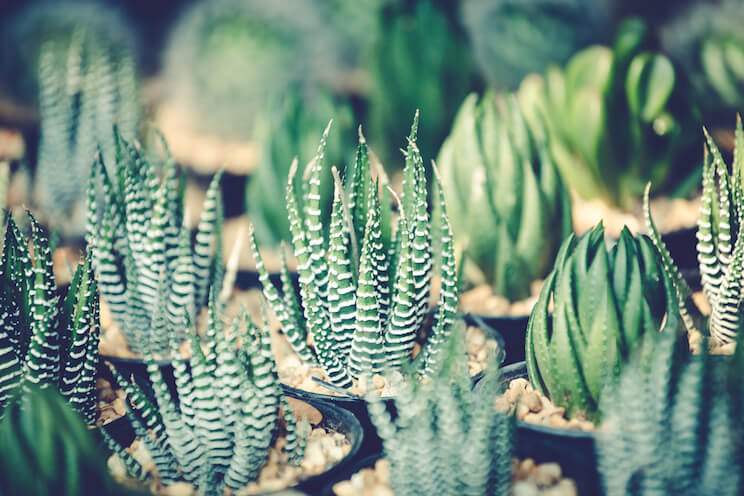
It’s no secret that your body loves oxygen. With each inhale, you then exhale the by-product, carbon dioxide.
Plants, on the other hand, do the opposite. They absorb the carbon dioxide you exhale and release oxygen into the environment. This makes them handy companions to have in your home to re-oxygenate the air, and possibly make it easier to breathe. In fact, studies show that increasing oxygen has been shown to benefit those with breathing conditions (1).
2. Reduce Air Pollution
While it might seem like your indoor environment is pristine, it’s most likely filled with VOCs, or volatile organic compounds. These are toxic chemicals that leech into the air from building materials, household cleaners, furniture, and other indoor features, and they can have a wide range of negative effects from wheezing to cancer (2). [tweet_quote]Studies have shown indoor plants like spider plants and cactus reduce all types of air pollution, including VOCs.[/tweet_quote]
Aside from eliminating all unnatural materials from your environment (which can be next to impossible in today’s world), the next best thing you can do is fill your house with several plants. Studies have shown indoor plants like spider plants and cactus reduce all types of air pollution, including VOCs (3).
Also, they are apparently so effective at cleaning the air that just three to six in an office can keep most air toxins well below the recommended levels (4).
3. Fight Fatigue and Coughs

If you find yourself constantly coughing or just feeling run down on a daily basis, try incorporating a few plants into your home. Studies have shown that indoor plants reduce coughs by up to 37 percent, while also reducing fatigue by up to 30 percent (5). Other symptoms that are reduced by indoor plants include dizziness, stuffy nose, headache, and itchy skin.
4. Relieve Stress and Anxiety
What if you could reduce your stress levels just by looking at something?
It turns out that just having plants in your line of sight can relieve stress and anxiety, as well as give you “mental restoration,” according to studies (6). Researchers believe plants have this effect because of the evolutionary history we share with them, and the association we have between plants and taking a break in nature. Either way, bringing them into your home is bound to have a calming effect on your mind and emotions.
5. Boost Attention and Productivity
If you work from home and find it hard to focus, you should consider adding a plant to your desk. Researchers have found that people are more productive in the presence of indoor plants, have better reaction times, and are less stressed while working. Participants in studies have also reported feeling more attentive when plants were present in their workplace (7).
6. Reduce Sick Leave

Studies have also found that office workers who have plants nearby take less sick leave than those who don’t (8). Researchers believe a plant’s ability to clean the air of pollutants, improve oxygen levels, and reduce stress could play a role in keeping workers healthier.
7. Help with Recovery
The first hospitals in Europe were so convinced of the power of plants that having a garden was considered essential to support the healing process of patients. Today, science is coming back around to the healing properties of indoor plants, finding that having them in hospital rooms improves healing and speeds recovery in patients (9).
8. Improve Mood
Not only do plants beautify living spaces, but they also give your mood a lift. Researchers believe this effect comes from the idea that our brains are hardwired to see “green and leafy” as good and familiar, due to the fact that humanity lived most of its existence among foliage (10). [tweet_quote]Not only do plants beautify living spaces, but they also give your mood a lift.[/tweet_quote]
In addition, there is also the association we consciously or subconsciously make between plants and less responsibility, or “getting away from it all” on vacation. Think camping in the forest or gazing up at palm trees. Indoor plants could subconsciously remind us of these times and lift our moods.
9. Help Manage Pain
Interestingly, having indoor plants has been shown to reduce and/or help you manage pain. In fact, almost all studies on the subject have found that patients had better tolerance for pain with plants present, rather than without. The theory is that plants are “positively distracting,” helping to take the focus away from your pain (11). Studies even show that flowering plants give hospital patients more pain relief than non-flowering.
10. Reduce Noise

If you have a lot of noise around your home (traffic, voices, airplanes, etc.), having indoor plants can help absorb and reduce it. In studies, researchers found that indoor plants can reflect, absorb, and refract high frequency sounds. Apparently, the effect is similar to adding carpet to a room (12).
What Types of House Plants Are Best?
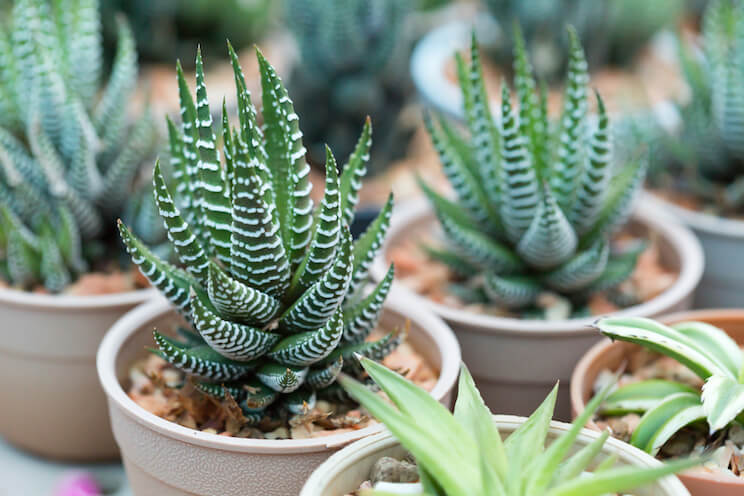
If you’re new to houseplants or weren’t born with a green thumb (most of us aren’t), don’t worry. There are extremely resilient plants you can bring indoors that require bare minimum care. Some of the best – that are also pretty hard to kill – include:
- Chinese Evergreen
- Snake Plant
- Aloe Vera
- Areca Palm
- Spider Plant
- English Ivy
Where Should You Put House Plants?
This often depends on the plant itself and whether it requires a lot of indirect sunlight. Generally, windowsills are great places for most indoor plants, but check the instructions on your new plant to be sure.
As far as how many plants you need, keep in mind that one of the studies mentioned 3 to 6 plants were enough to remove toxins from an office. So, three is a good place to start for a smaller room or studio, while six would probably be good for a larger space like a living room. After all, you can always add more!

(Read This Next: 11 Veggie Scraps You Can Regrow)


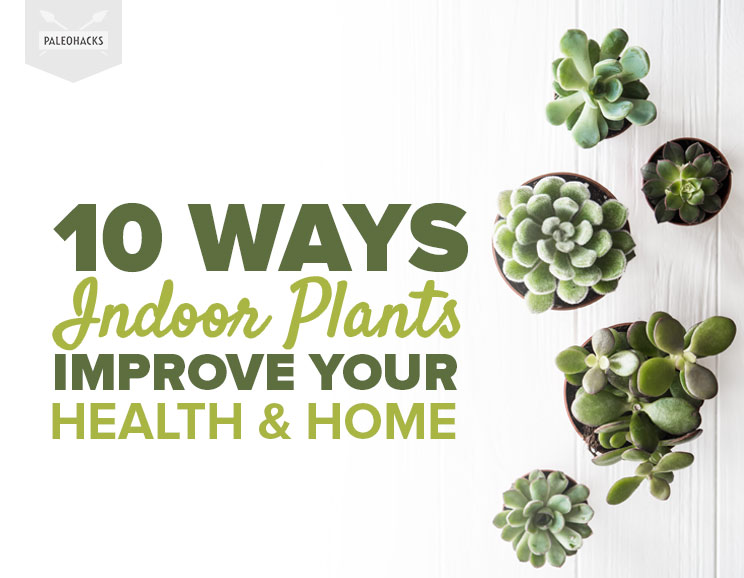
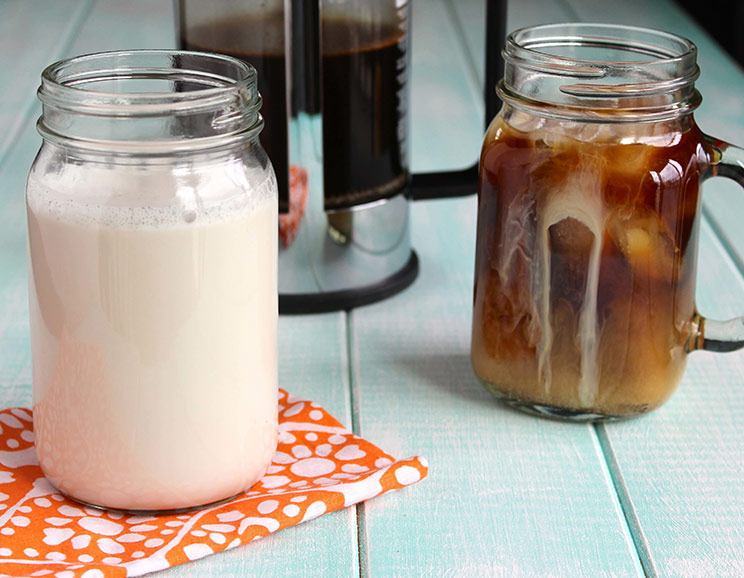 18 DIY Coffee Creamers (Dairy Free, Paleo)
18 DIY Coffee Creamers (Dairy Free, Paleo)



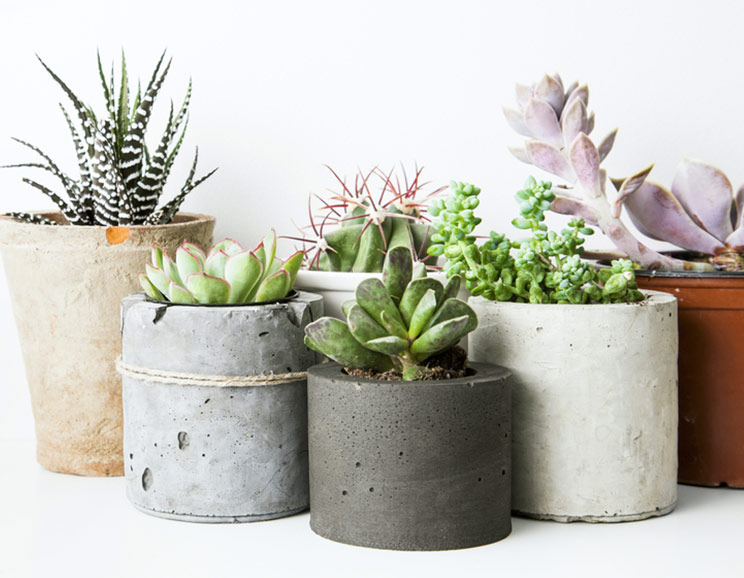

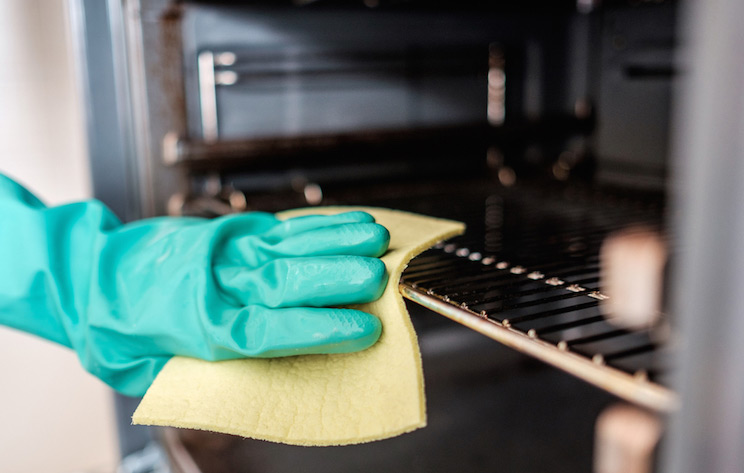

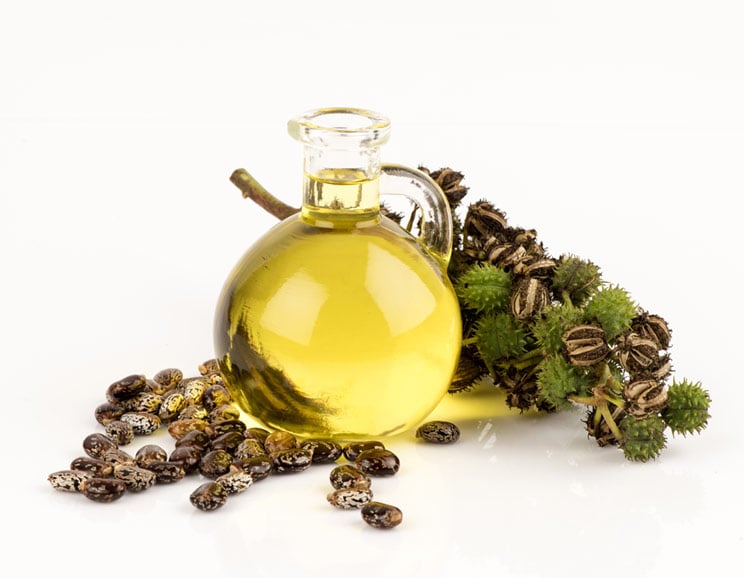

Show Comments